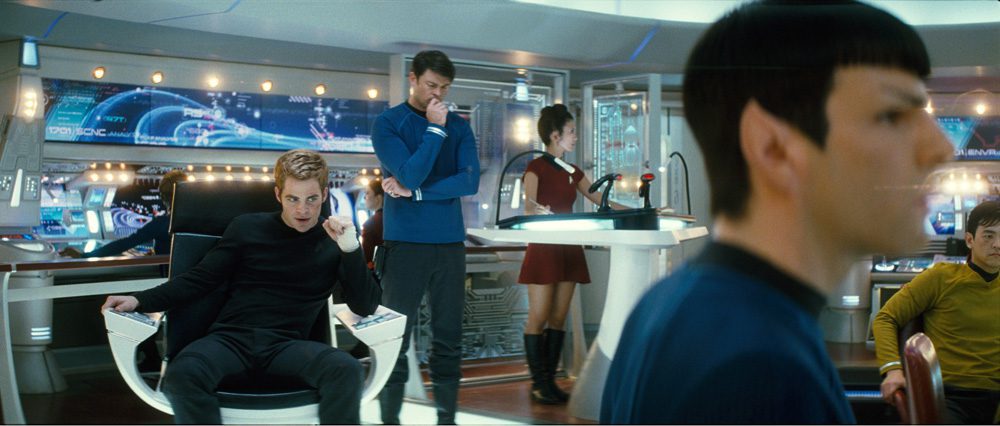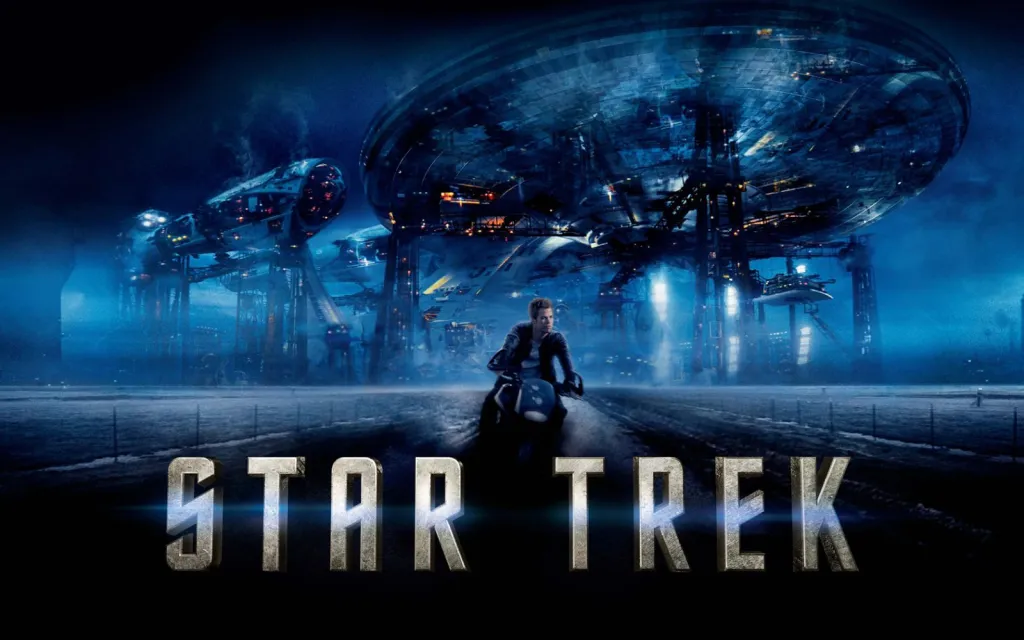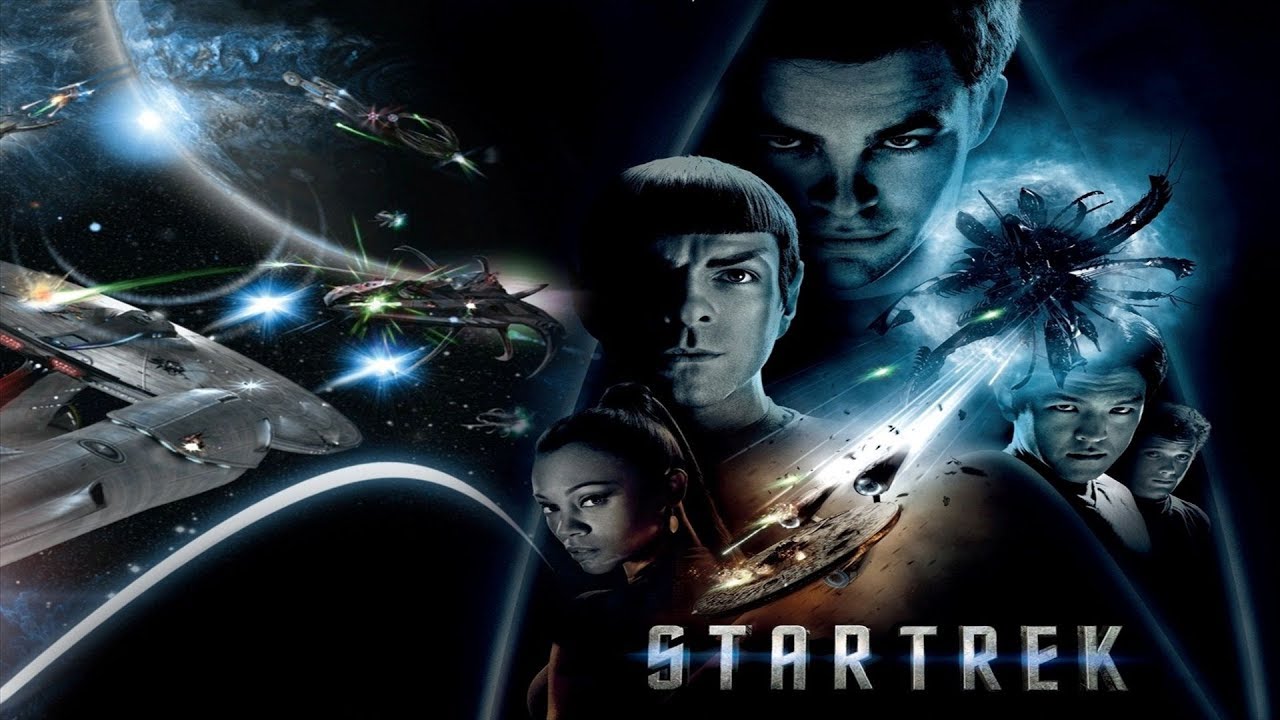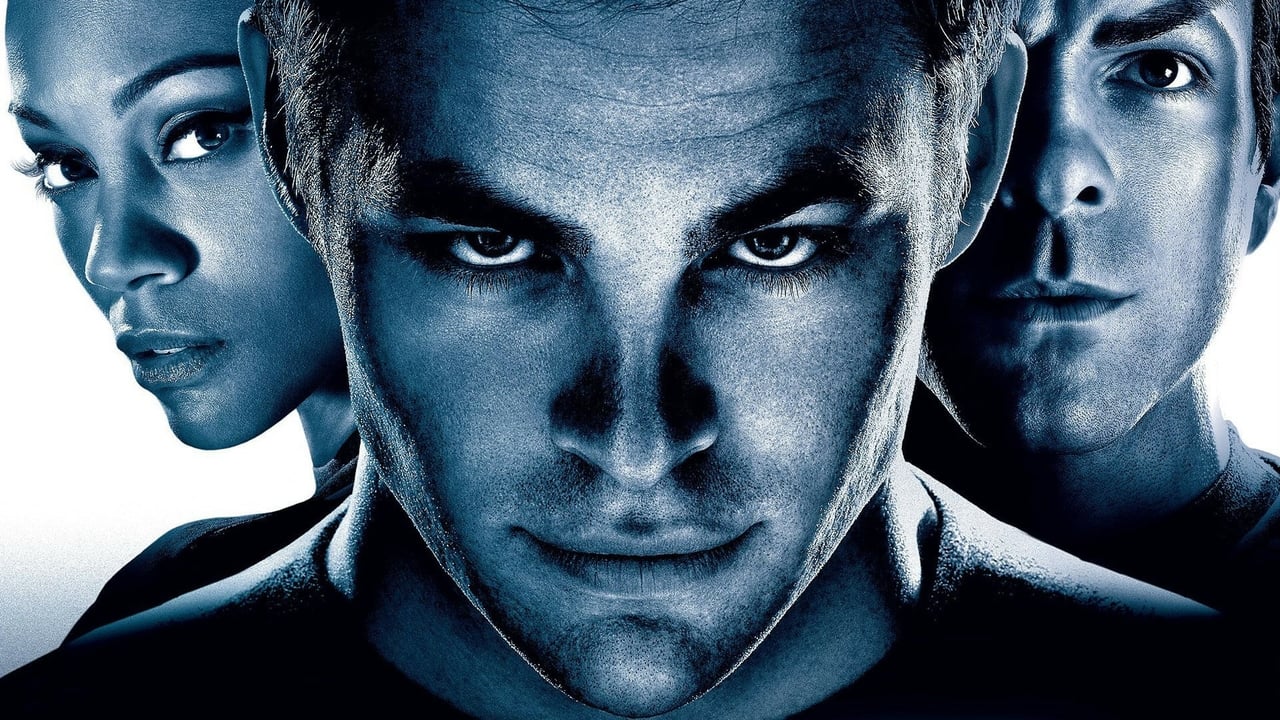Star Trek (2009): Boldly Reviving the Final Frontier

In 2009, director J.J. Abrams breathed new life into the Star Trek franchise with a thrilling reboot that embraced the legacy of Gene Roddenberry’s iconic series while charting a bold course for a new generation. Simply titled Star Trek, this dynamic reimagining combined state-of-the-art visuals, heartfelt performances, and a gripping narrative to reinvigorate a beloved universe.
The Plot: A Tale of Destiny and Redemption
The film begins with an emotional prologue: the USS Kelvin is attacked by a mysterious Romulan ship led by Nero (Eric Bana), a villain driven by vengeance. In the ensuing chaos, George Kirk (Chris Hemsworth) sacrifices himself to save his crew, including his newborn son, James Tiberius Kirk.
Years later, we meet Kirk (Chris Pine), a rebellious young man destined for greatness, and Spock (Zachary Quinto), a Vulcan struggling with his dual heritage. Their paths converge aboard the USS Enterprise, where they must set aside their differences to confront Nero, who threatens the Federation with a weapon capable of annihilating entire planets.
The narrative skillfully intertwines action-packed sequences with emotional depth, exploring themes of friendship, sacrifice, and the weight of destiny.

The Cast: Reimagining Legends
The film’s success hinges on its cast, who manage the delicate task of honoring iconic characters while making them their own:
- Chris Pine delivers a charismatic and layered performance as James T. Kirk, capturing the swagger and impulsiveness of the character while showcasing his journey toward leadership.
- Zachary Quinto brings quiet intensity to Spock, portraying his internal conflict with remarkable subtlety.
- Karl Urban as Dr. Leonard “Bones” McCoy provides both comic relief and heartfelt camaraderie, perfectly embodying the character’s cranky yet loyal spirit.
- The ensemble, including Zoe Saldaña (Uhura), Simon Pegg (Scotty), John Cho (Sulu), and Anton Yelchin (Chekov), breathes fresh energy into the beloved crew.
- Eric Bana offers a menacing yet sympathetic portrayal of Nero, a villain whose tragic motivations add complexity to his quest for revenge.

Visual Brilliance and Direction
J.J. Abrams’ direction transforms Star Trek into a visual spectacle. The film’s sleek design and dynamic cinematography reinvigorate the franchise’s aesthetic. The iconic starships, particularly the USS Enterprise, are reimagined with meticulous detail, blending nostalgia with modernity.
The use of lens flares—while divisive among fans—adds a sense of realism and intensity to the film’s futuristic setting.
Michael Giacchino’s soaring score captures the spirit of exploration and adventure, seamlessly blending new compositions with Alexander Courage’s classic Star Trek theme.
A New Timeline: The Kelvin Universe

The film introduces the “Kelvin Timeline,” an alternate reality created by Nero’s incursion into the past. This clever narrative device allows the reboot to respect the original series’ canon while giving the filmmakers creative freedom to explore fresh storylines.
By untethering itself from strict continuity, Star Trek opens up possibilities for both newcomers and long-time fans to engage with the story without feeling constrained by decades of lore.











